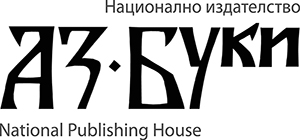Petar Todorov
Sofia University
https://doi.org/10.53656/for23.433ling
Abstract. The article focuses on two fictional languages – High Valyrian and Klingon. Learning them leads to various problems, mostly due to the fact that
they are not officially spoken languages, and in practice are used only in the films
for which they were created: Game of Thrones and House of the Dragon (High
Valyrian) and Star Trek (Klingon). For this reason, the learning resources are limited
due to their specifics; neither are there specialists to teach them. In addition, unlike
most spoken languages, neither a level of proficiency can be determined nor any
formal certification can be issued for High Valyrian and Klingon. Although there are
literary sources which deal with the two languages separately, mostly from the point
of view of their lexical and grammatical characteristics, there are yet to be found
publications in which the learning of these languages by real users is researched.
The paper presents an analysis of the two languages from the point of view of
linguodidactology and empruntology. A survey among users who learn the two
languages on the Duolingo language learning platform and through other sources
is provided. We reach the conclusion that using Duolingo to learn High Valyrian
and Klingon leads to efficiency, but not to a 100% proficiency; therefore, additional
sources and resources shall be consulted.
Keywords: High Valyrian; Klingon; linguodidactology; empruntology; Duolingo



